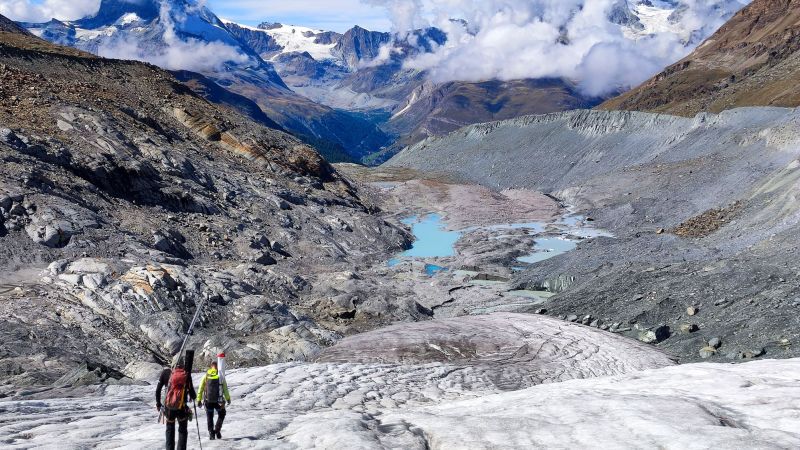Report: Swiss Glaciers Melting at a Faster-Than-Average Rate in 2024

The Spin
Narrative A
Unfortunately, the issue surrounding glacial melting is a global one, with the world's glaciers reported to have shrunk by half since the late 1800s. While those melting in northern Europe are receiving much-deserved coverage, the most terrifying cases are occurring in Asia, where the loss of the Himalayan glaciers risks threatening billions of people with water shortages. These problems will only worsen if climate change isn't tackled on an international scale.
Narrative B
Climate alarmists mask the fact that glacial melt and growth are complex geophysical processes. In the Himalayas, for instance, many of the so-called "endangered" glaciers are growing, with others either remaining the same or melting at much slower rates. Reductionist climate alarmism leads downstream to bad environmental policies and even potential geopolitical tensions if nuances and scientific facts aren't portrayed accurately.
Metaculus Prediction
There is a 50% chance that the Thwaites Eastern Ice Shelf will collapse by July 2027, according to the Metaculus prediction community.
